



If you’re seeking to achieve effective cleaning results, opt for models with operating pressures in the range of 100 to 150 bar. This pressure level efficiently tackles a variety of tasks, from washing patio furniture to revitalising cars. Above 150 bar, you may deal with risks of damage to more delicate surfaces.
In terms of general use for residential cleaning, tools operating around 120 bar provide a balanced approach, offering ample force to handle grime while ensuring safety for surfaces like wood and glass. I’ve personally encountered various projects where this specific pressure made a noticeable difference without compromising the integrity of the materials involved.
For heavier duty applications, such as cleaning driveways or removing oil stains, a unit with a capacity of up to 180 bar proves effective. However, consider your intended use carefully; more pressure doesn’t always equate to better results. Understanding the requirements of each task is crucial to selecting the right equipment.
In summary, a range of 100 to 150 bar serves most cleaning needs well. For those rare, tougher jobs, bumping up to 180 bar can be beneficial, but pay close attention to the surfaces being treated to avoid unintentional damage. This practical approach ensures you maximise both performance and longevity of your equipment.
Recommended Pressure Levels for Cleaners
For efficient cleaning of residential areas, a unit with approximately 120 to 150 bars of force is suitable. This level is adequate for tasks such as washing vehicles, outdoor furniture, and small terraces. If your aim is to eliminate tough grime on driveways or patio stones, I suggest opting for models in the range of 150 to 180 bars. This ensures deep penetration and complete removal of stubborn substances.
Powerful Units for Heavy-Duty Tasks
For intensive jobs, particularly in commercial settings or for large-scale projects, equipment exceeding 180 bars proves advantageous. These models excel in tasks like cleaning larger sidewalks or industrial machinery. However, always consider the nature of the surface; higher force can damage delicate materials such as wood or soft plastics. Balance is key to achieving effective results without causing harm.
Other Factors to Consider
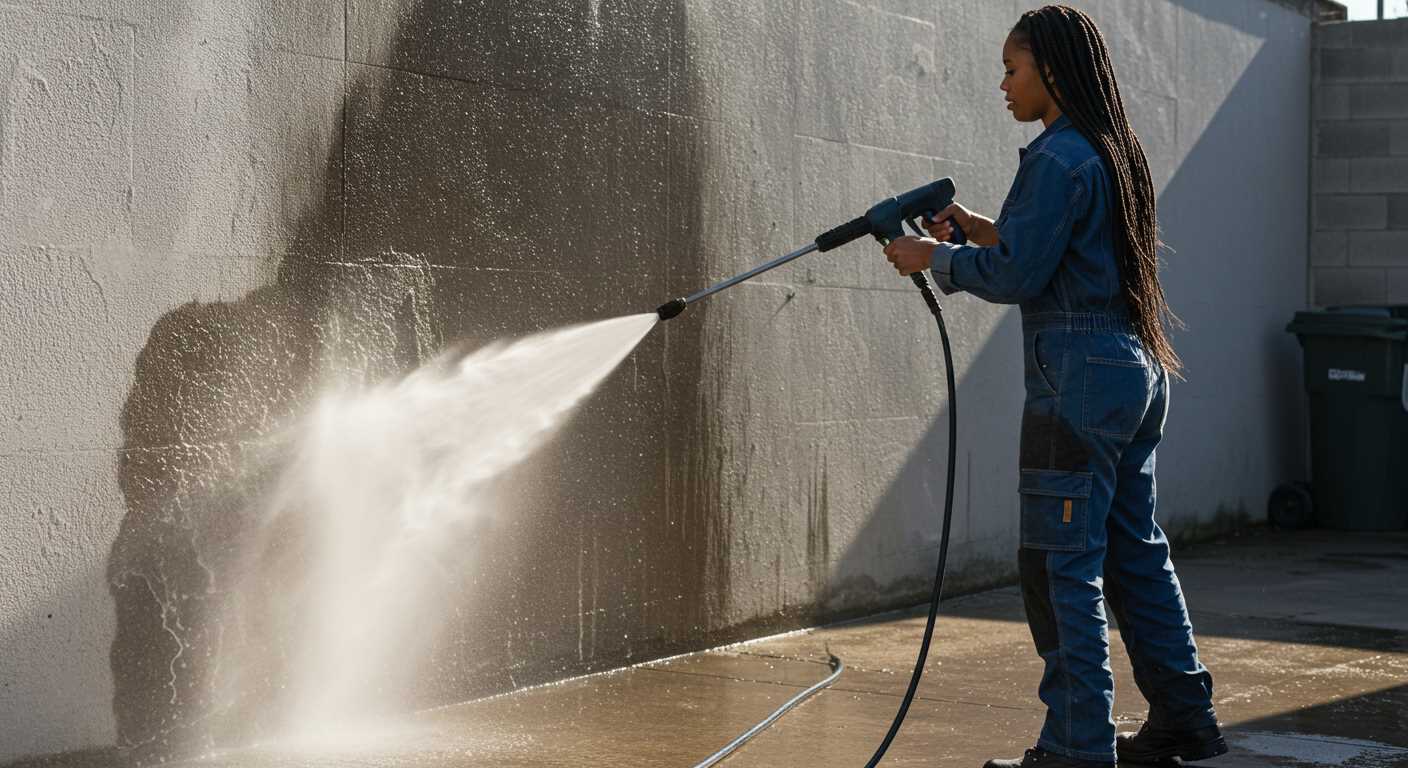
Beyond force, take into account flow rate and nozzle type. A higher flow rate, measured in litres per hour, complements the bar rating and enhances performance. Additionally, adjustable nozzles allow for control over dispersion, adapting to various surfaces and cleaning requirements. Always test different settings before commencing a broad cleaning session to avoid unintended damage.
Understanding Pressure Ratings for Different Cleaning Tasks
For tasks such as cleaning patios, driveways or vehicles, I recommend choosing a system with output around 120 to 150 bar. This range ensures effective removal of dirt and grime without damaging surfaces.
For lighter jobs like washing garden furniture or delicate surfaces, models with a rating of 80 to 100 bar perform adequately. They provide sufficient force to clean without the risk of harm.
Heavy-duty applications, including tackling oil stains or stripping paint, typically require an output above 150 bar. Systems in the 150 to 200 bar range excel in these demanding situations, delivering superior cleaning performance.
| Task | Suitable Pressure Rating (bar) | Recommended Uses |
|---|---|---|
| Light Cleaning | 80 – 100 | Garden furniture, delicate surfaces |
| Standard Cleaning | 120 – 150 | Patios, vehicles, driveways |
| Heavy-Duty Cleaning | 150 – 200 | Oil stains, paint stripping |
Matching the output to the task at hand maximises efficiency and leads to satisfying results. Careful consideration of these ratings will ensure the right equipment is chosen for any job.
Comparison of Low, Medium, and High Pressure Levels
For optimal performance, it’s important to distinguish between low, medium, and high pressure ratings. Each range serves different purposes in cleaning tasks.
Low Pressure (up to 100 bar)
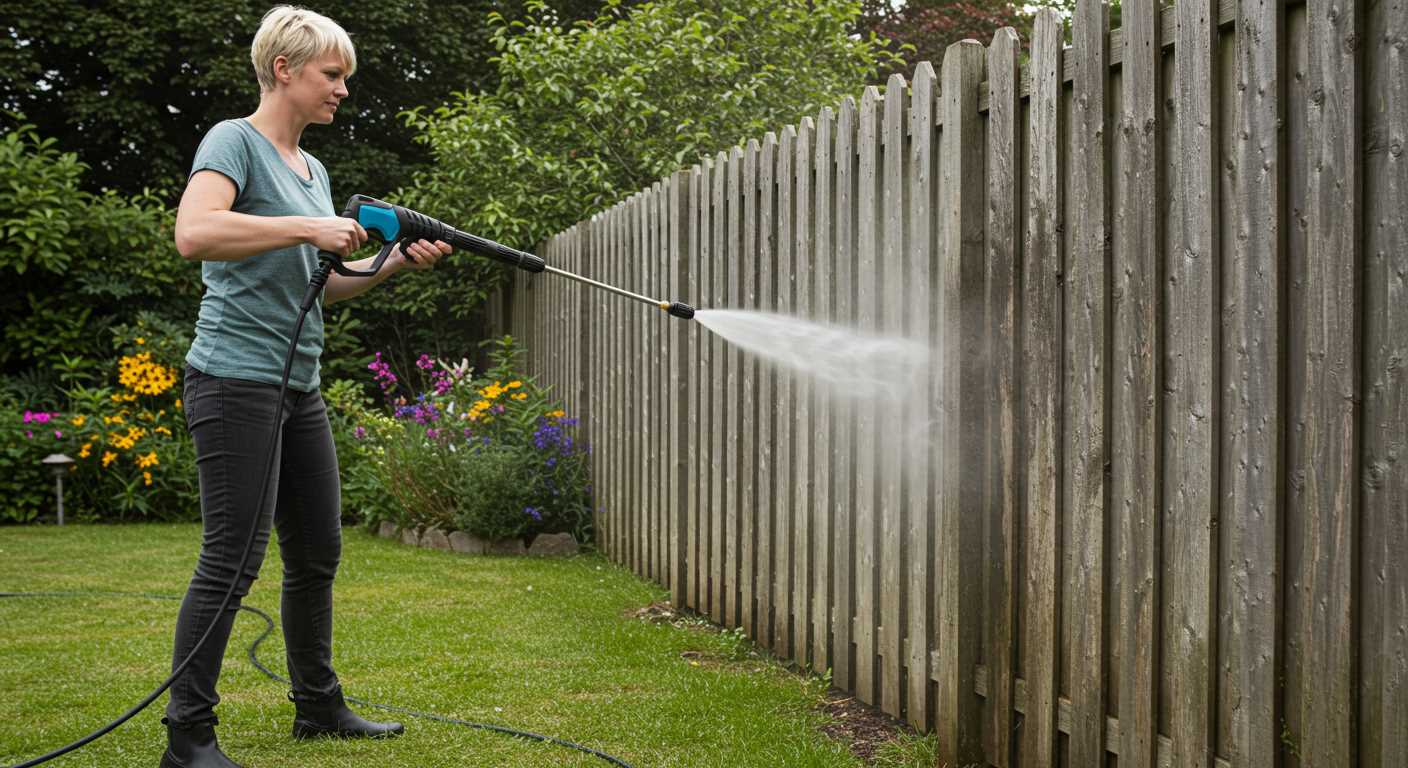
This range is suitable for delicate surfaces and tasks that require careful handling. Ideal applications include:
- Washing cars and motorbikes
- Cleansing patio furniture
- Gentle removal of dirt from wooden surfaces
Compact units often fall within this range, making them accessible yet sufficient for minor cleaning jobs.
Medium Pressure (100 to 180 bar)
A medium force is versatile and fits a broad spectrum of cleaning tasks. Recommendations for this group include:
- Deep cleaning brick or stone walls
- Powering through typical outdoor grime on driveways
- Cleansing garden equipment
Many enthusiasts opt for this level for regular maintenance, striking a balance between effective cleaning and surface safety.
High Pressure (above 180 bar)
Higher pressures serve demanding tasks requiring robust cleaning power. Consider using this level for:
- Restoring heavily soiled vehicles or machinery
- Preparing surfaces for painting or sealing
- Removing tough graffiti or stains from concrete
However, caution is paramount, as excessive force can damage delicate surfaces.
Selecting the right unit depends on specific needs and intended tasks. Always match the chosen model to the requirements of the job for efficiency and best results.
Choosing Power Levels Based on Surface Types: Concrete, Wood, and More
For concrete surfaces, a device rated between 130 and 180 bar is optimal. This range effectively removes grime and stains without damaging the hard surface. Most driveways and patios benefit from this pressure level, allowing for efficient cleaning while maintaining the integrity of the concrete.
Wood Surfaces
When dealing with wooden decks or fences, you should opt for a pressure level between 100 and 130 bar. This ensures safe cleaning without causing splintering or other damage to the softer material. Employ a wider nozzle to further reduce the intensity and enhance protection.
Others: Vehicles and Soft Surfaces
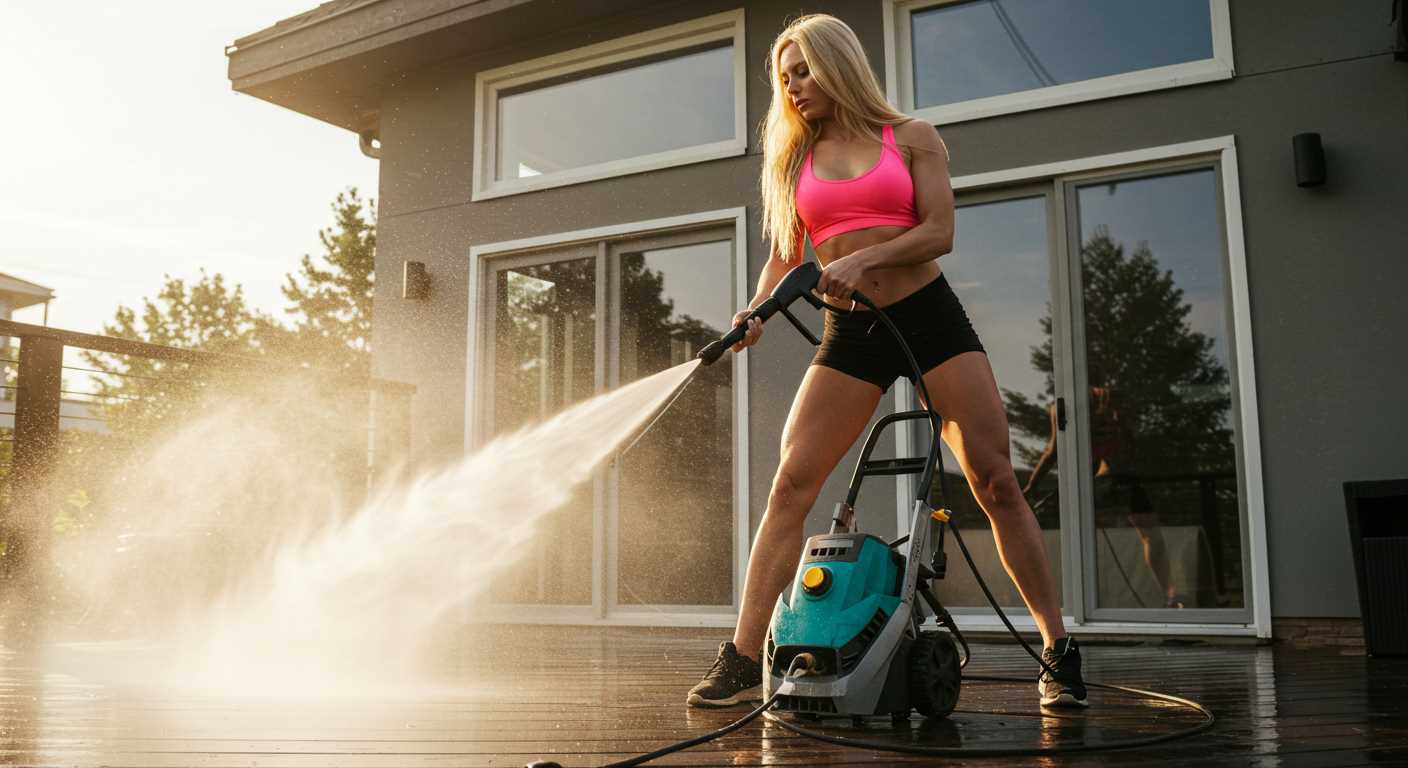
For vehicles or delicate surfaces, keeping the pressure below 100 bar is advisable. This range prevents potential harm to paint and finishes and ensures a gentle yet thorough clean. Using appropriate attachments like foam cannons can also enhance the cleaning experience while safeguarding surfaces.
Consider the specific needs of the surfaces you’ll be working with. Effective cleaning hinges on selecting the appropriate power that aligns with the material for optimal results.
How Cleaning Requirements Affect Pressure Needs
Surface type and the level of soiling dictate the optimal settings for effective cleaning. For instance, removing grease or heavy dirt from concrete surfaces typically requires higher force output, while more delicate surfaces demand lower settings to prevent damage.
Concrete and Brick
- A minimum of 130 to 150 bar is advisable for concrete to handle stubborn stains and dirt.
- For brickwork, similar force is effective, particularly when tackling moss or grime.
Wood and Painted Surfaces
- Softwood requires settings around 80 to 110 bar to prevent splintering while ensuring cleanliness.
- For painted surfaces, use a gentle approach with pressures closer to 70 bars, ensuring the paint remains intact.
Assess the degree of contamination to decide on the necessary force output. Higher output may be necessary for initial heavy cleaning, while maintenance tasks can often be performed with lower settings.
- For routine cleaning, 100 bars may suffice for light dirt on pathways or fences.
- Seasonal deep cleaning may necessitate outputs exceeding 150 bars for effective results.
Your choice of cleaner will also influence pressure selection. Biodegradable or non-abrasive cleaning agents may allow for lower settings while still achieving excellent results. Ultimately, understanding the interaction between surface type, contamination level, and cleaner used ensures a targeted approach that balances efficiency and safety.
Common Misconceptions About Cleaning Equipment Power
It’s a common belief that higher specifications automatically translate to superior cleaning results. In reality, excessive power can lead to damages on delicate surfaces. For instance, stucco or painted wood can be easily stripped away if the pressure level is too high. Optimal results come from matching the output with the specific cleaning surface.
Another misconception is that all projects require the highest settings to achieve satisfactory results. Many tasks, such as washing a vehicle or cleaning garden furniture, can be accomplished effectively with moderate power levels. Often, the right nozzle and technique are more influential than sheer force.
Users frequently assume that the performance of all models is comparable at similar pressures. In my experience, the design and quality of the equipment play significant roles. Two machines operating at the same pressure rating can yield dramatically different outcomes based simply on their construction quality and motor capability.
Some may believe that adjustable pressure controls are redundant. However, having such a feature greatly enhances versatility, allowing transitions between various tasks without the need to switch equipment constantly. This capability ensures that you can adapt to different cleaning requirements seamlessly.
Many individuals think that maintenance is unnecessary if the unit appears to be functioning well. Neglecting regular upkeep, such as descaling and checking hoses, can significantly impact longevity and efficiency. Regular checks lead to consistent performance and can prevent costly repairs.
It’s also worth debunking the idea that brand loyalty guarantees performance. While established brands often offer reliability, there are lesser-known models that may outperform their more recognisable counterparts. Personal testing and reviews can reveal hidden gems that deliver excellent results for a fraction of the cost.
Finally, some believe that investing in the most expensive machine is the key to superior performance. The price does not necessarily equate to effectiveness. Assessing specific needs and performing adequate research can lead to discovering suitable options that balance both power and cost.
Impact of Flow Rate on Pressure Washer Performance
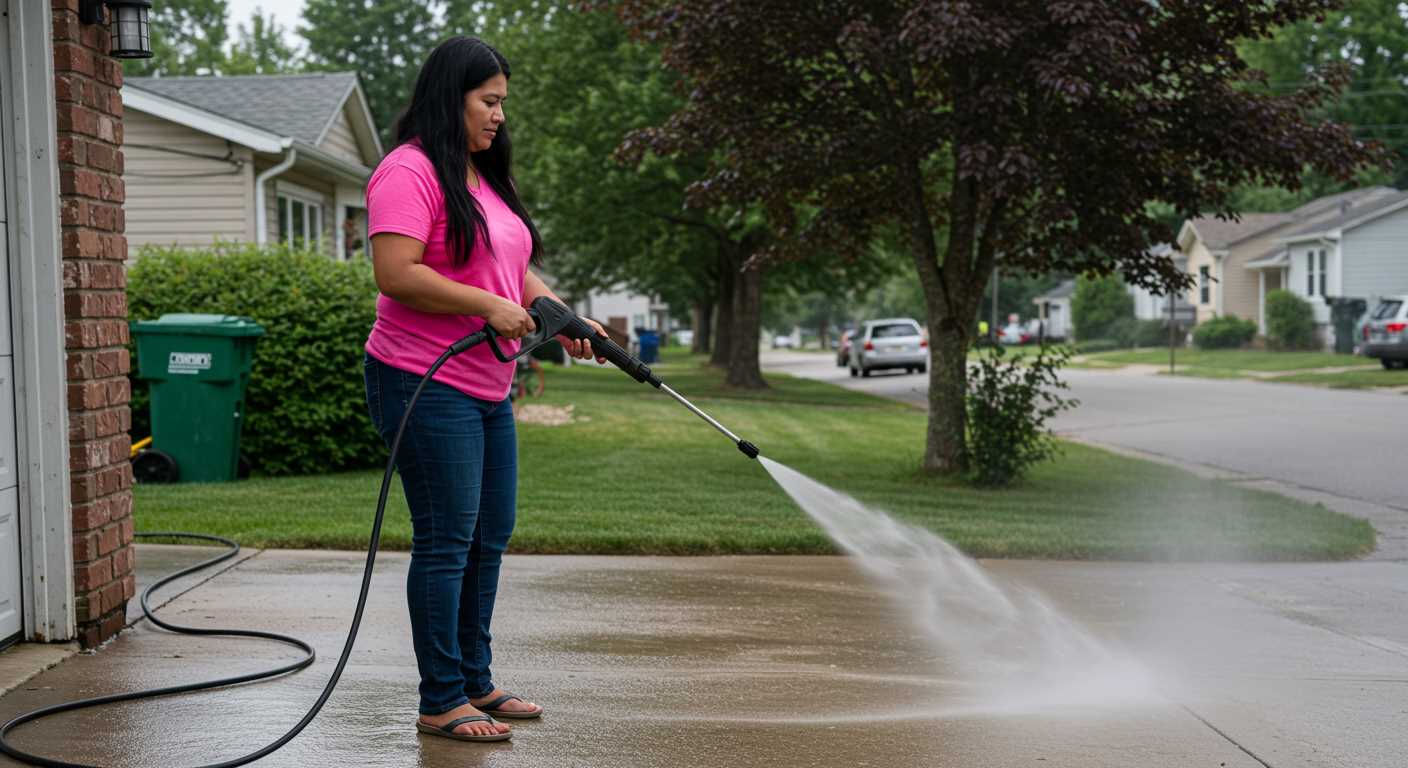
The flow rate, measured in litres per minute (LPM), plays a pivotal role in the efficiency of any cleaning device. In my experience, a flow rate of at least 7.5 LPM ensures that dirt and grime are effectively removed without excessive pressure. This optimal range complements the pressure rating, resulting in enhanced cleaning performance.
Understanding Flow Rate Metrics
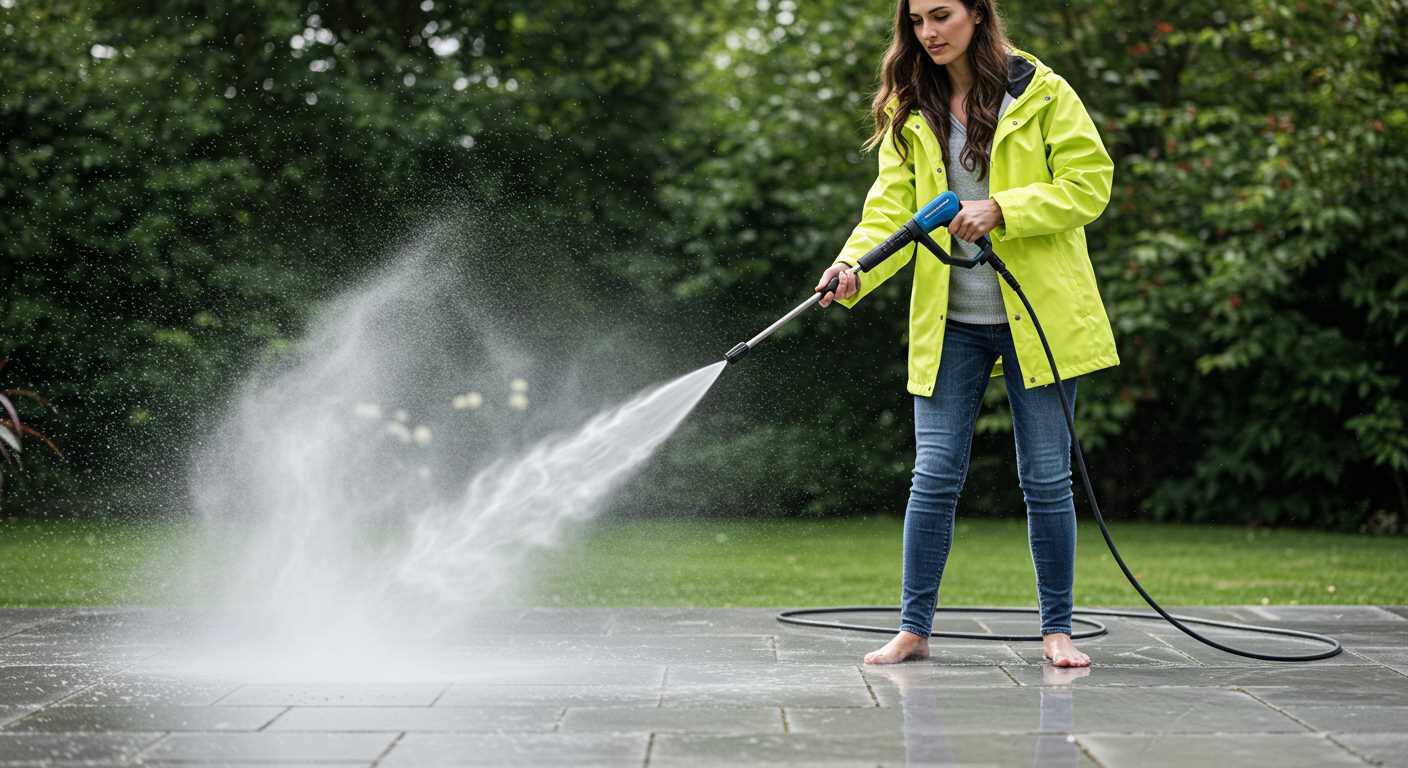
Here’s a straightforward breakdown of how flow rate affects various cleaning tasks:
| Flow Rate (LPM) | Cleaning Task | Typical Use Case |
|---|---|---|
| 5 – 7.5 | Light Cleaning | Garden furniture, bikes |
| 7.5 – 10 | Moderate Cleaning | Patios, vehicles |
| 10 – 12 | Heavy Duty Cleaning | Drives, industrial equipment |
Balancing Pressure and Flow Rate
Higher flow rates help maintain cleaning momentum, especially on surfaces that are more porous or textured. If you have a model with a lower flow rate, you may need to exert extra time and effort to achieve satisfactory results. Thus, for optimal performance, consider both the pressure and flow rate as a collective unit to tackle specific cleaning demands. Maintaining the right balance enhances the overall efficacy of your cleaning tasks, reducing time and energy spent.
Tips for Selecting the Right Cleaning Equipment for Home Use
First, assess your primary cleaning tasks. If your main focus is on light-duty projects like washing cars or patio furniture, a unit with a lower power rating will suffice. For tougher jobs such as removing paint or heavy stains from concrete, opt for higher-rated models.
Next, consider the weight and portability of the unit. Lightweight options are easier to manoeuvre around the property and are ideal for quick clean-ups. Heavier models might be more durable but can be cumbersome during extended use.
Evaluate Accessories and Attachments
Different tasks require various attachments. A wide-angle nozzle is great for rinsing surfaces, while a rotating brush can enhance grime removal on porous materials. Make sure to choose equipment that comes with versatile accessories or offers add-ons compatible with its design.
Check Durability and Build Quality
Review materials used in construction. Units made with high-grade plastics and metals tend to last longer and perform better over time. Look for warranties that demonstrate the manufacturer’s confidence in their product’s durability.
Lastly, consider the noise level of the unit. Some models operate quietly, making them suitable for residential areas, while others may produce significant sound. If noise is a concern, check the specifications for decibel ratings. Choosing the right machine will enhance your cleaning efficiency while ensuring satisfactory results no matter the task.
Maintenance Considerations Related to Pressure Levels
Maintaining optimal performance involves regular checks on several components that affect the output strength and efficiency of your cleaning device.
Key Maintenance Practices
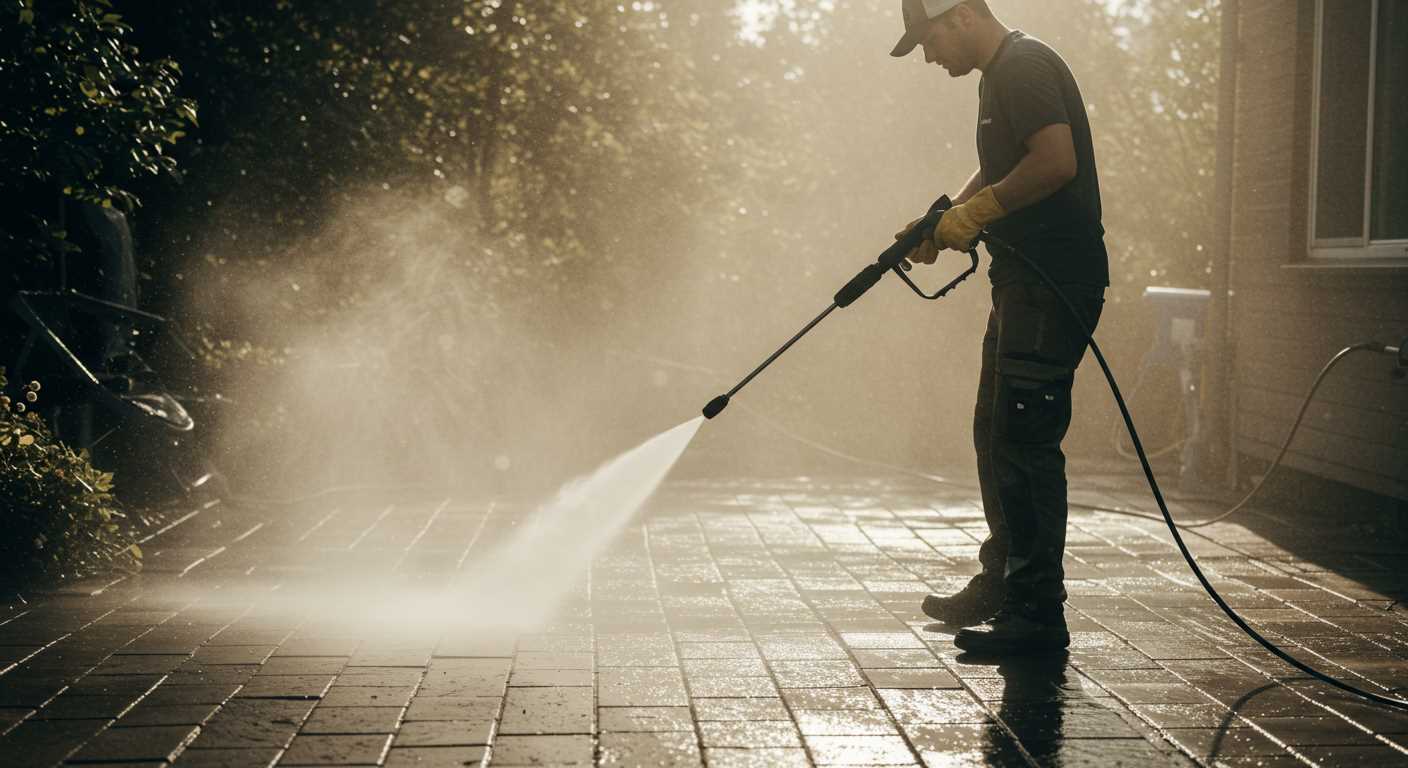
- Inspecting Hoses: Regularly check for cracks and leaks in the hoses, as wear can impact performance and lead to pressure drops.
- Cleaning Filters: Dirty filters can restrict water flow, affecting the unit’s pressure output. Cleaning these should be part of routine maintenance.
- Checking Nozzles: Ensure that the nozzles are free from clogs. Blocked nozzles can alter the intended pressure, causing potential damage to surfaces.
- Maintaining the Pump: Monitor the pump’s operation. Regular lubrication according to the manufacturer’s guidelines will prolong its life and maintain power.
Systematic Shutdown Procedures
Proper shutdown procedures can prevent damage. Always relieve pressure after use by squeezing the trigger, and turn off the water supply before disconnecting hoses. This not only keeps the unit functioning well but also extends its lifespan.
Storing the appliance in a dry, sheltered space is crucial. Temperature fluctuations can affect seals and cause wear over time. Regularly inspect components for signs of deterioration and replace them as needed to ensure consistent performance.
A well-maintained machine not only works efficiently but also protects surfaces and optimises cleaning outcomes.









